Last month, the limited-production 986 hp McLaren P1 LM became the world's fastest production car around the most demanding circuit in the world, the 20.8 km Nürburgring Nordschleife. The time of 6:43.2 is so extraordinary that it is a significant automotive landmark for McLaren, the Lanzante team that executed the mission, and the car that was used. Here's why.
Breaking the Nürburgring Nordschleife production lap record is no mean feat. A car's lap time around the Nürburgring Nordschleife, the circuit Jackie Stewart named "the Green Hell", has long been the benchmark for performance cars and attempts at the lap record by factory teams have become increasingly common in recent years, because a good lap time around the circuit validates that car's sporting bonafides. (Read more on Nürburgring Nordschleife record attempts).

It is very difficult to fudge a good lap time around the Nürburgring Nordschleife. Without race-winning roadholding, acceleration, braking, speed and superb handling, it just can't be done. You need a very good driver and an extraordinary car to cope with the Nürburgring's unique combination of racetrack challenges, and to do it faster than anyone else has ever done it, in a car that is in series production and can be legally driven on the road. The above is a precise list of the lap times produced by cars that vaguely fit the description of a production road car, so let's start there.
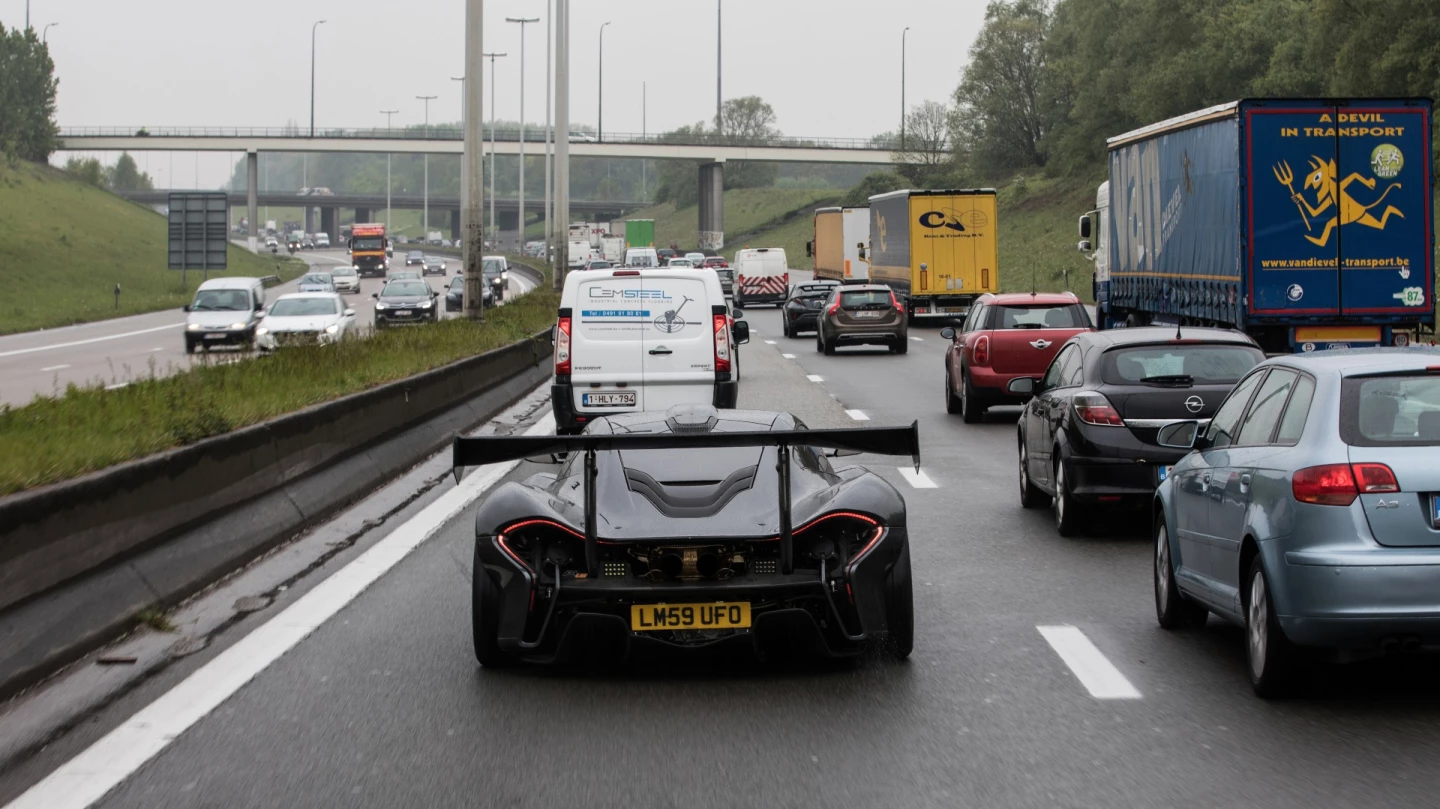
What is a "production road car"?
One of the biggest problems of such record attempts is in the use of the term "production car." McLaren's PR department has skillfully validated the road car claim by driving the P1 LM back to London in bleak Northern European weather, and the P1 LM is a production car because Lanzante produced five of them, so each car had already been hand-made from unobtainium twice – once by McLaren, then again by Lanzante.
The price of the P1 LM is unclear because like superyachts and other hyper-exclusive luxury items, discretion is part of the deal. Lanzante has acknowledged that the five cars went to America, Japan, UAE and the UK, but that's all we'll find out until the cars and buyers are identified by the press. The first of the five to surface was reportedly offered for US$3.6 million last September and another was offered for US$4.36 million last October.
Lanzante isn't even saying what the original price was, but let's consider the economics. Each LM was produced at incredible expense from the £1,980,000 race-track-only McLaren P1 GTR. On top of that, in order to become one of the five given the opportunity to purchase a P1 LM, you had to already own a £1,150,000 McLaren P1 to begin with. Most guesses as to the purchase price paid for the McLaren P1 LM are in the vicinity of £3.0 million.
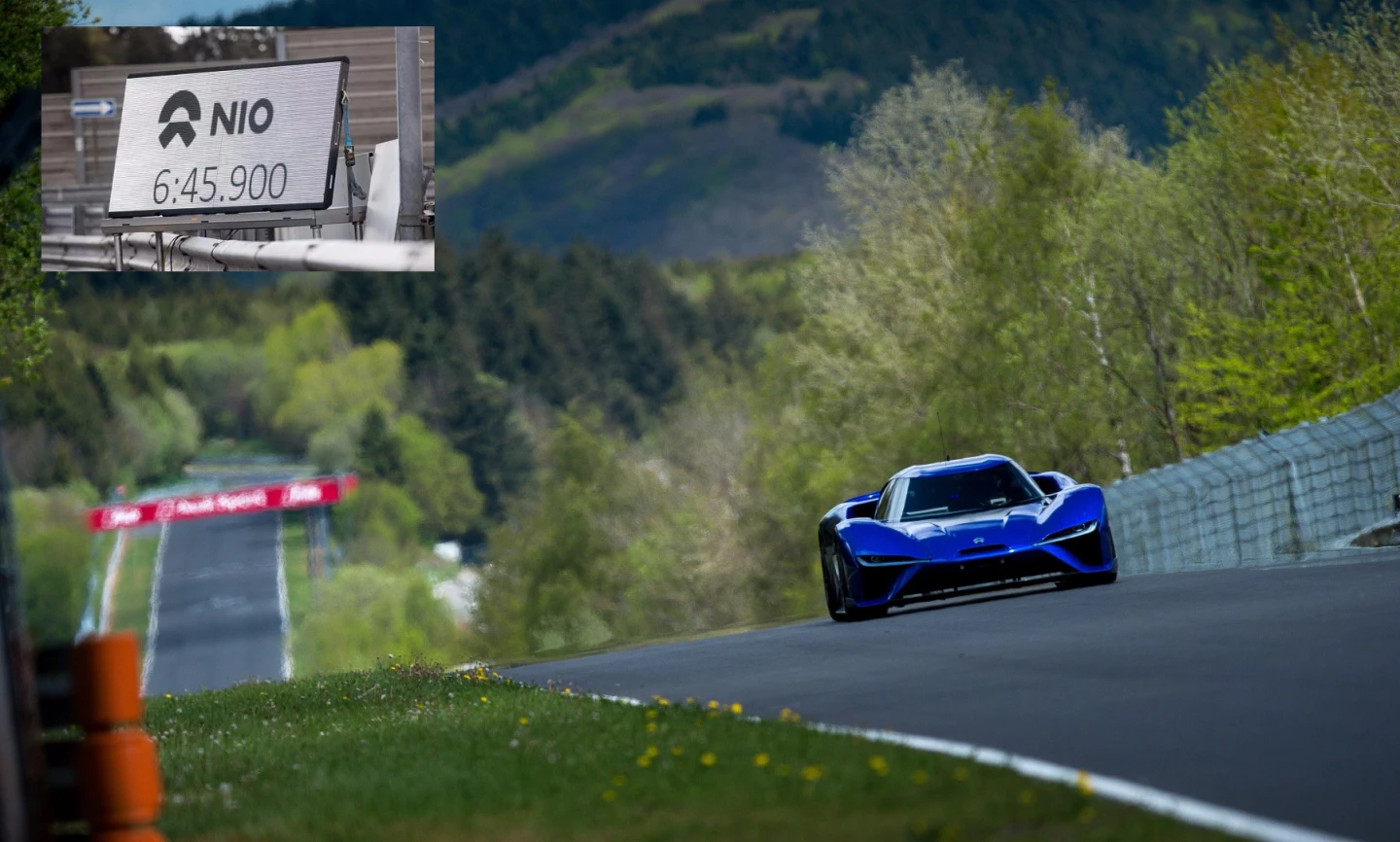
Another factor related to the "production car lap record" is that once any worthwhile "quest" has been established, man's ingenuity in achieving the goal knows no bounds, and moral compasses become dysfunctional. The NIO EP9 (pictured above), which McLaren just knocked off the top of the list, is a Chinese supercar that isn't yet in production and it wore slick tires for the record attempt. That and many other attempts were performed by a factory team, and there's a lot you can do underneath the skin to extract performance. In the case of electric vehicles in particular, there's much that can be done when peak performance only needs to last for 20 kilometers.
There is no "oversight" or validating body for any the Nurburgring lap times and when one single string of numbers such as NIO's 6:45.9 can establish the car's credibility, and the viability of an entire company can hinge on getting that number, suspending disbelief is becoming increasingly problematic.
The McLaren P1 LM

The McLaren P1 LM is the last of McLaren's P1 variants. It's also the rarest. There were 375 P1 units made, plus 45 race-only GTR versions of which five were converted by Lanzante to become GTR-based LM road cars. Take a look at the picture above and you'll get just an inkling of the massive difference between the relatively common P1 hypercar at the top of the image and the one-of-five P1 LM at the bottom of the image. There's a reason the LM costs nearly three times as much and you can't see most of the things they did under the skin, or the way the entire front of the car has been redesigned with a much bigger front splitter. The overall aerodynamic changes resulted in 40 percent extra downforce at speed.
The LM shares the same 986 hp (735 kW) GTR powertrain which has 83 hp more than the P1. This was achieved by increasing the capacity of the twin turbo V8 engine from 3798cc to 3994cc to produce 789 hp (588 kW), while its electric companion motor provides a supplementary 197 hp (148 kW).
The team and driver - Kenny Bräck and Lanzante
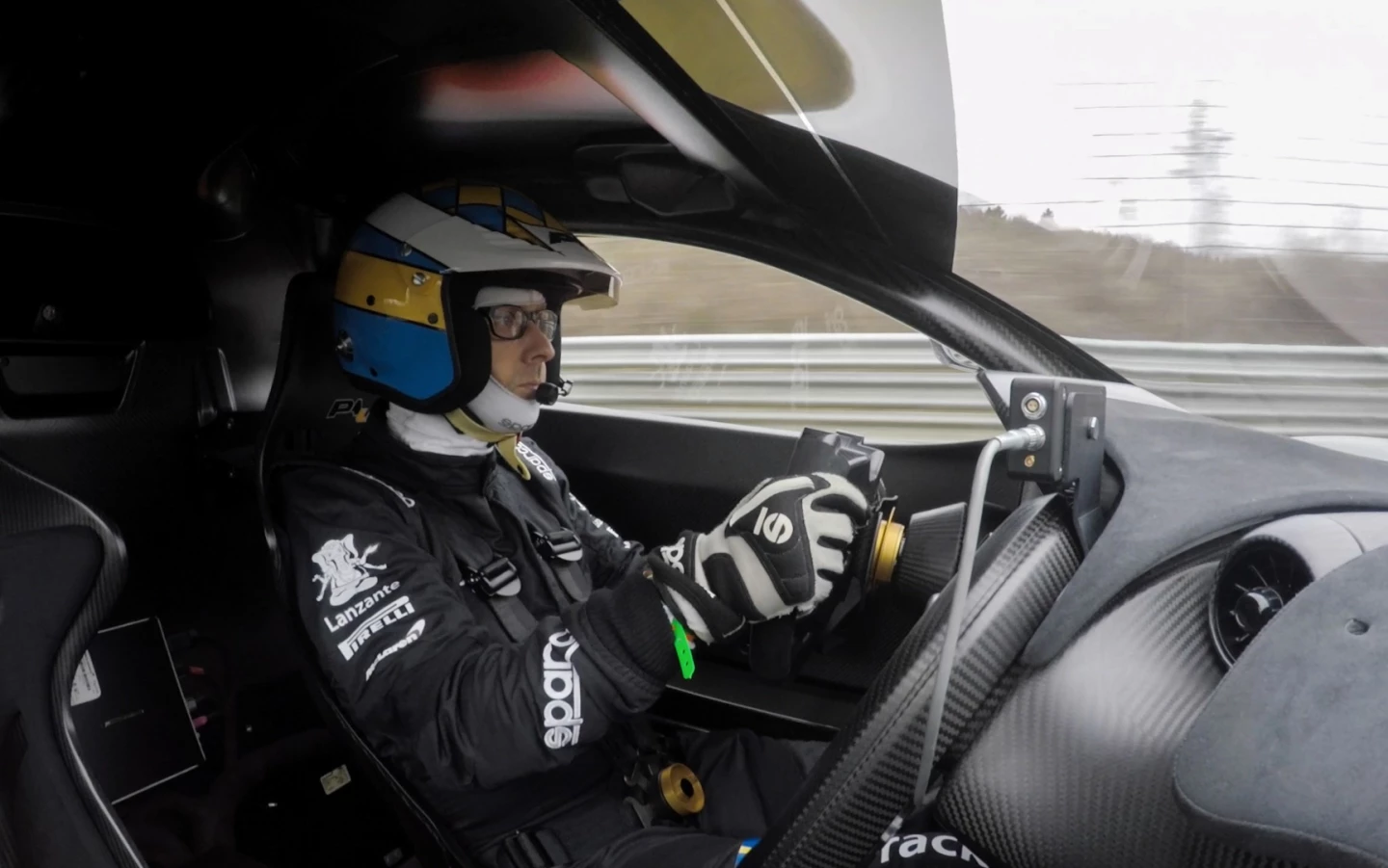
The driver for the Nürburgring record was Kenny Bräck, 1998 Indy Racing League champion, 1999 Indianapolis 500 winner and the Rally X gold medal winner at the 2009 X-Games 15. Kenny has driven a lot of miles "on the limit" in a P1 and is one of the greatest talents never to have raced in Formula One. He's also an official McLaren test driver, so don't underestimate the presence of McLaren in this attempt.
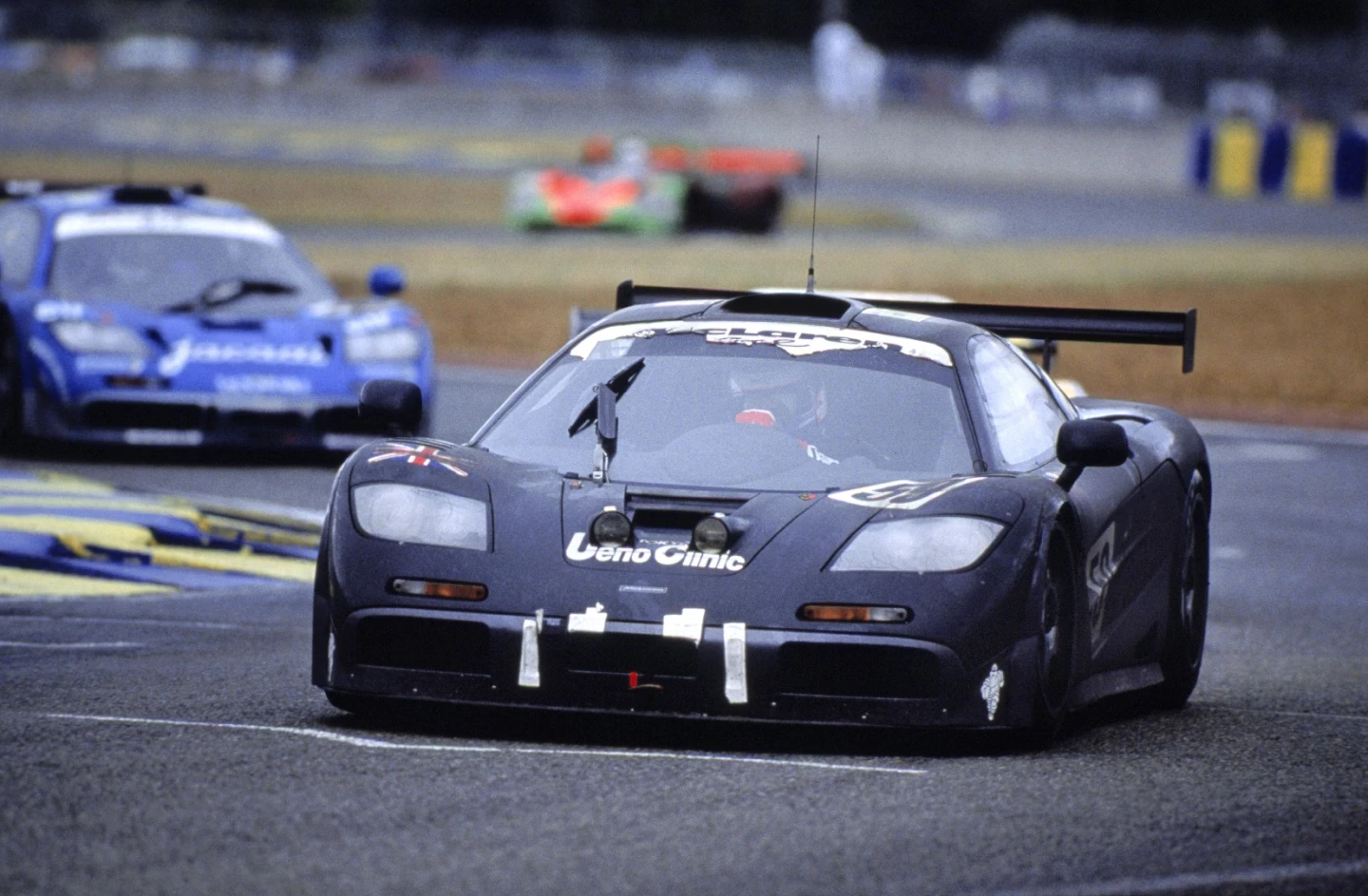
Lanzante may not be a name our readers are familiar with. The company's web site will do little to enlighten you and that's undoubtedly fine with Lanzante – why spend your marketing budget on people you don't do business with? Those who can afford to do business with Lanzante know the company. The Wikipedia entry offers more info, but that's just a fraction of the story, as you don't get to remanufacture a McLaren and give it an official model designation without producing work that is beyond astonishingly excellent. The company has a long association with McLaren, and ran the semi-works McLaren F1 GTR that won the 1995 24 Hours of Le Mans, where McLaren took four of the first five places in the event at its first attempt. That's the Lanzante car that made history in 1995 above.
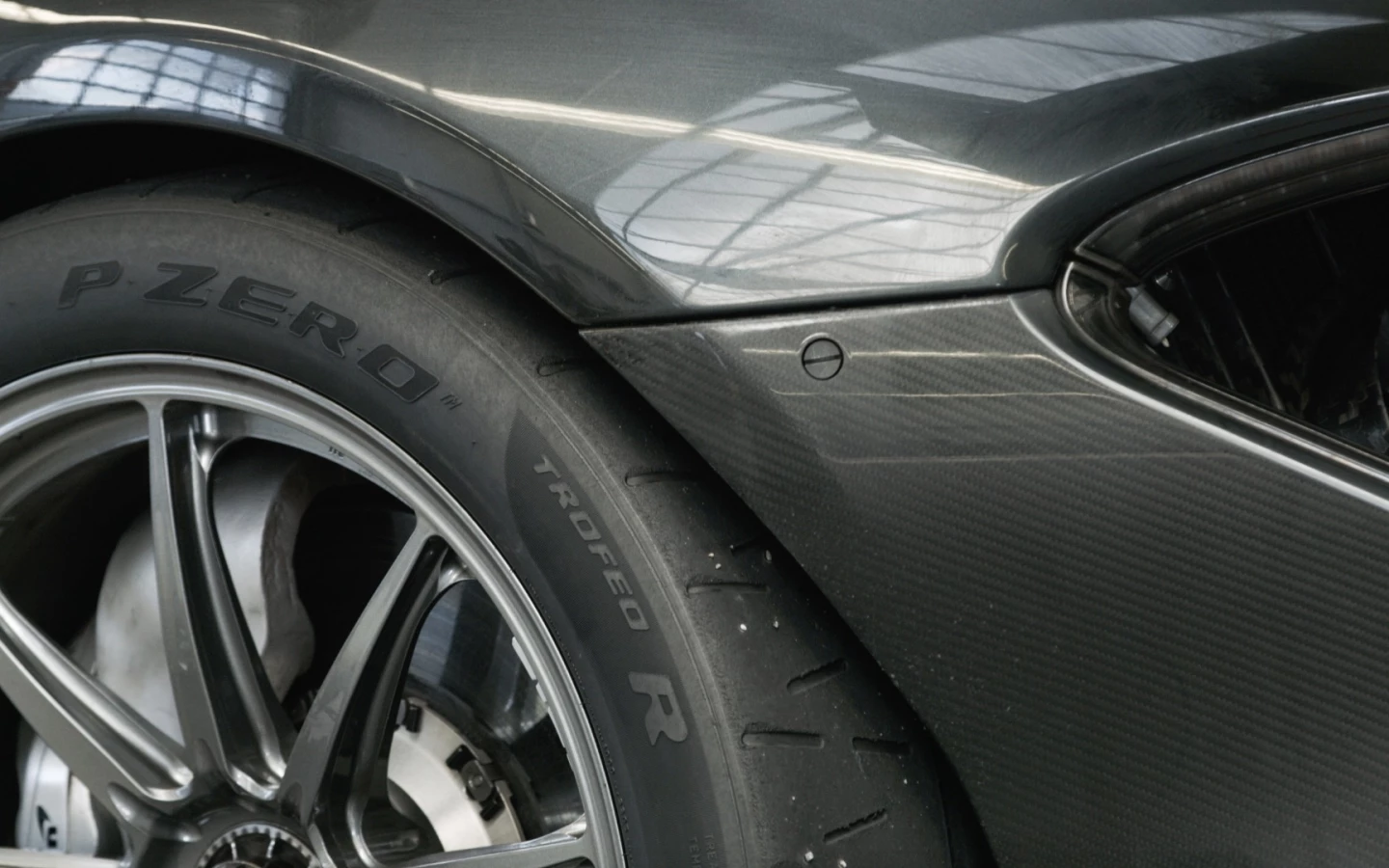
The Nürburgring lap record project also received considerable support from Pirelli which made a special road legal Trofeo tire specifically for the P1 LM. One wonders how much clout you need to persuade a huge tire company to produce tires for a run of five cars, or how much it will cost an LM owner to keep their toy "well heeled" – or more relevant to this article, whether it stretches the definition of production car too far in claiming the lap record.
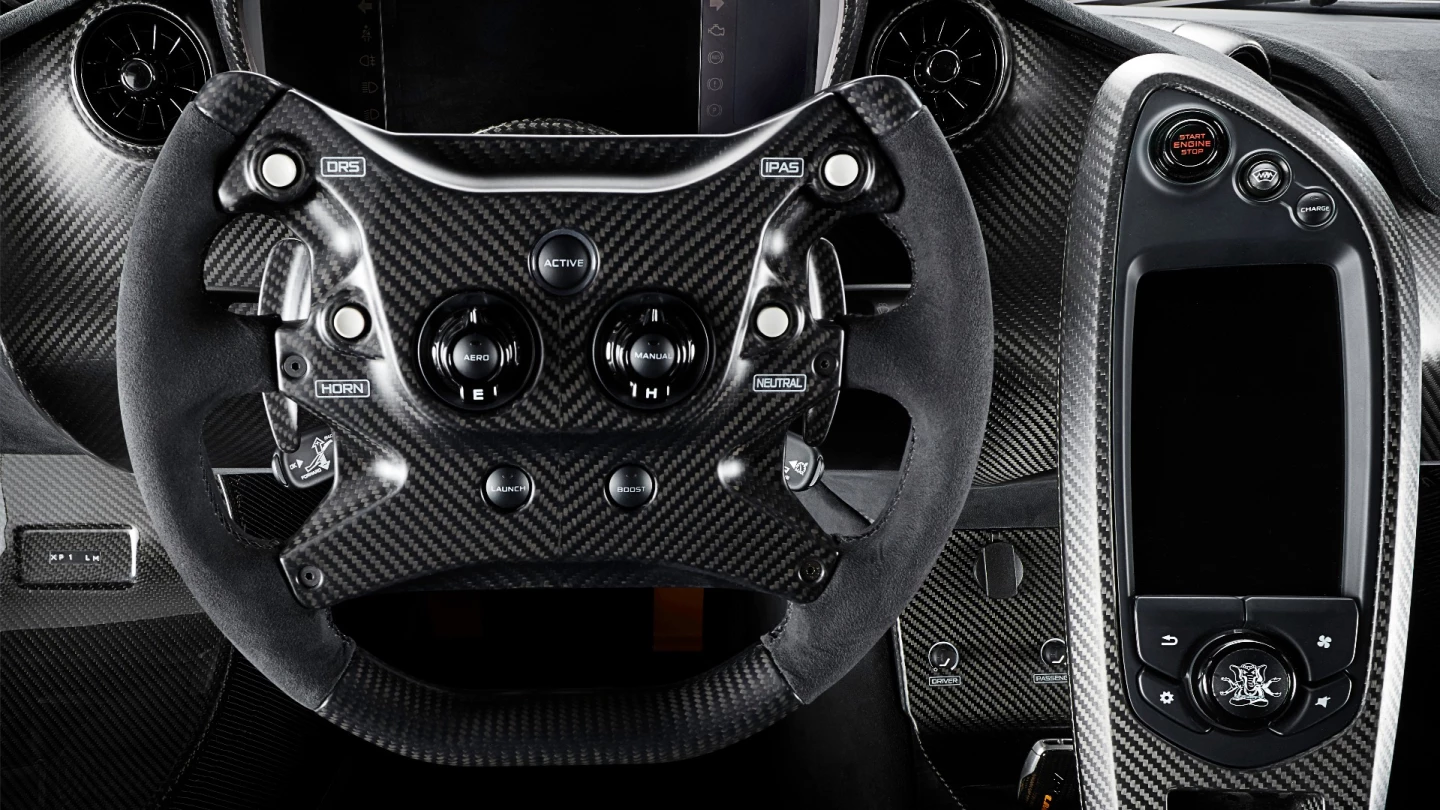
An indication of the extent to which Lanzante went in creating the P1 LM is the Alcantara-trimmed steering wheel. All five LMs use a modified version of the wheel used in the McLaren MP4/23 driven by Lewis Hamilton to win the 2008 F1 drivers title.
There are a host of other refinements on the LM, which is claimed to be some 60 kg lighter than even the GTR thanks to a host of weight-saving measures such as the removal of the race-ready air-jack system, the use of lightweight seats replicated from the original McLaren F1 GTR, lightweight Inconel exhaust and titanium tailpipes, lightweight fabricated charge coolers, Lexan windows, and the use of titanium bolts and fixings.
Notably, the car retains air conditioning, and Lanzante has added a toolkit replicating that of the original McLaren F1. Nice for some.
The outright Nürburgring Nordschleife lap record
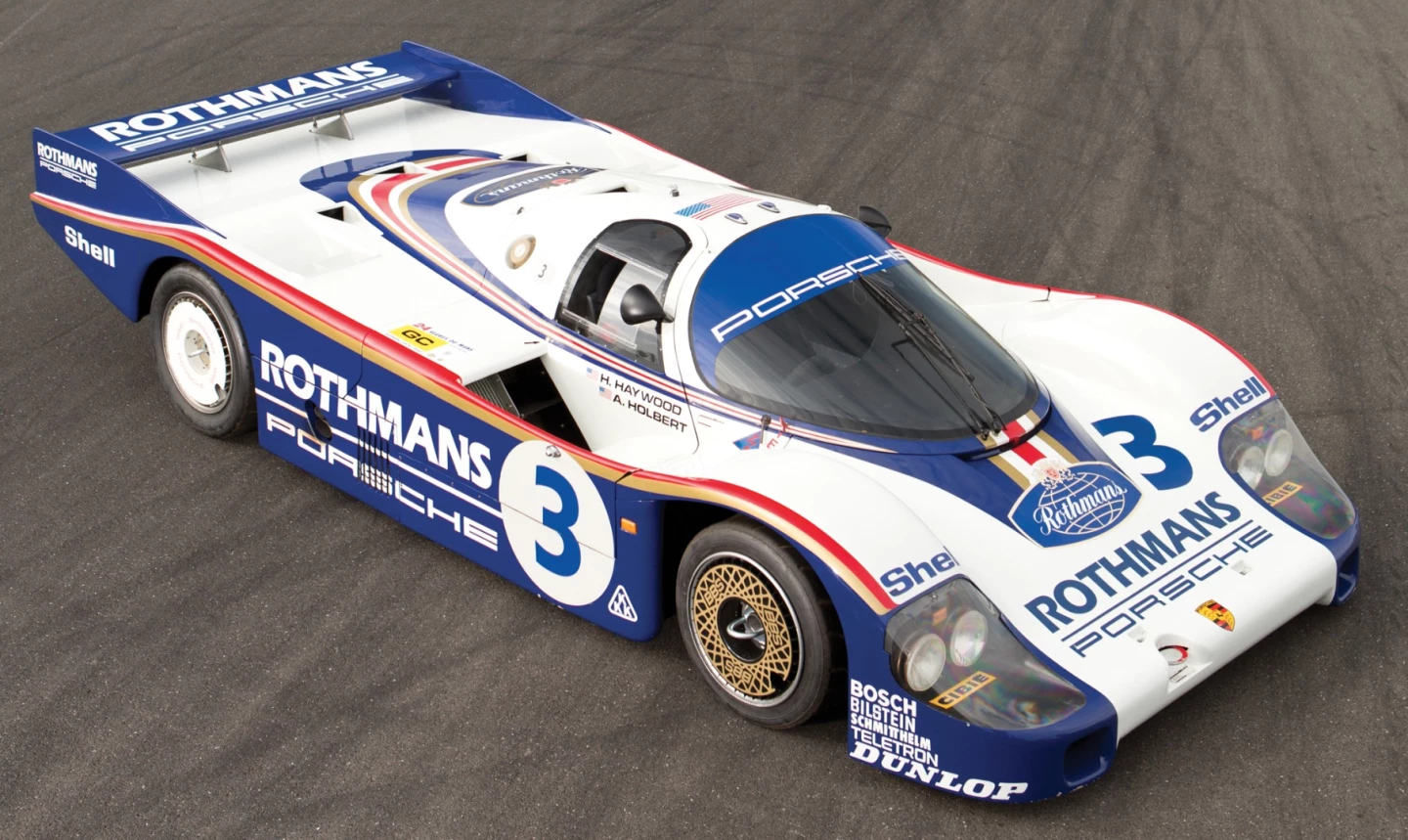
Many news outlets are reporting that the McLaren LM's 6:43.2 was an outright lap record for the Nürburgring Nordschleife circuit. Though the Nordschleife circuit layout used for these production record attempts is now open to the public, it hasn't seen use in an open racing event since 1983 when the outright lap record was set by Stefan Bellof in a Porsche 956 (just like the one above) at 6:11.13, which highlights the difference between a road car and a race car. With a 2.65 liter turbocharged flat-6 engine producing just 635 hp (474 kW), the Porsche 956 took pole position for the 1983 World Endurance Championship round held at Nürburgring. That's 350 hp less than the McLaren P1 LM, but the Porsche 956 weighed in at 800 kg, almost half the weight of the P1 LM.
Strap in and soak up Lanzante's beautifully produced video of the record lap:




















